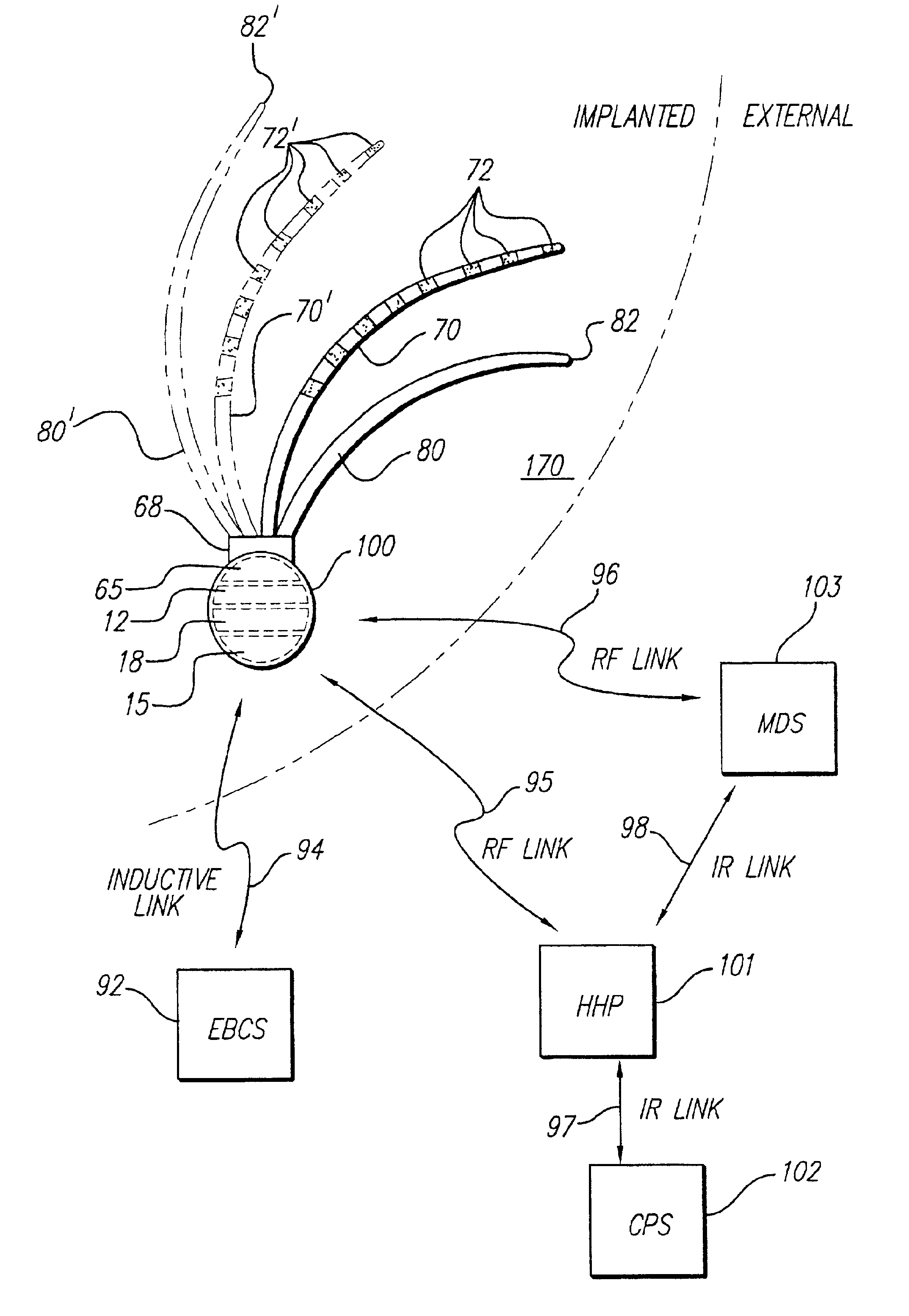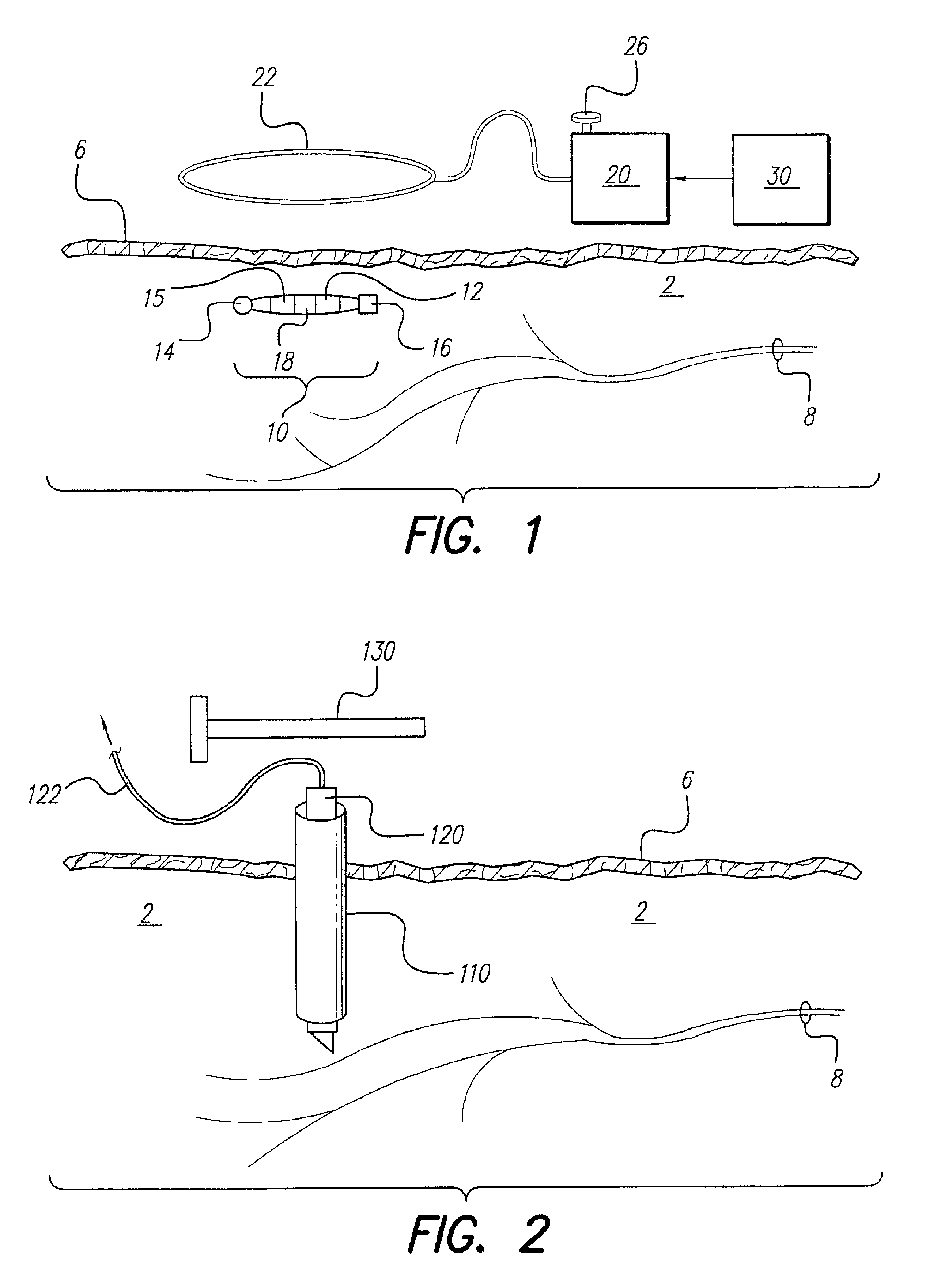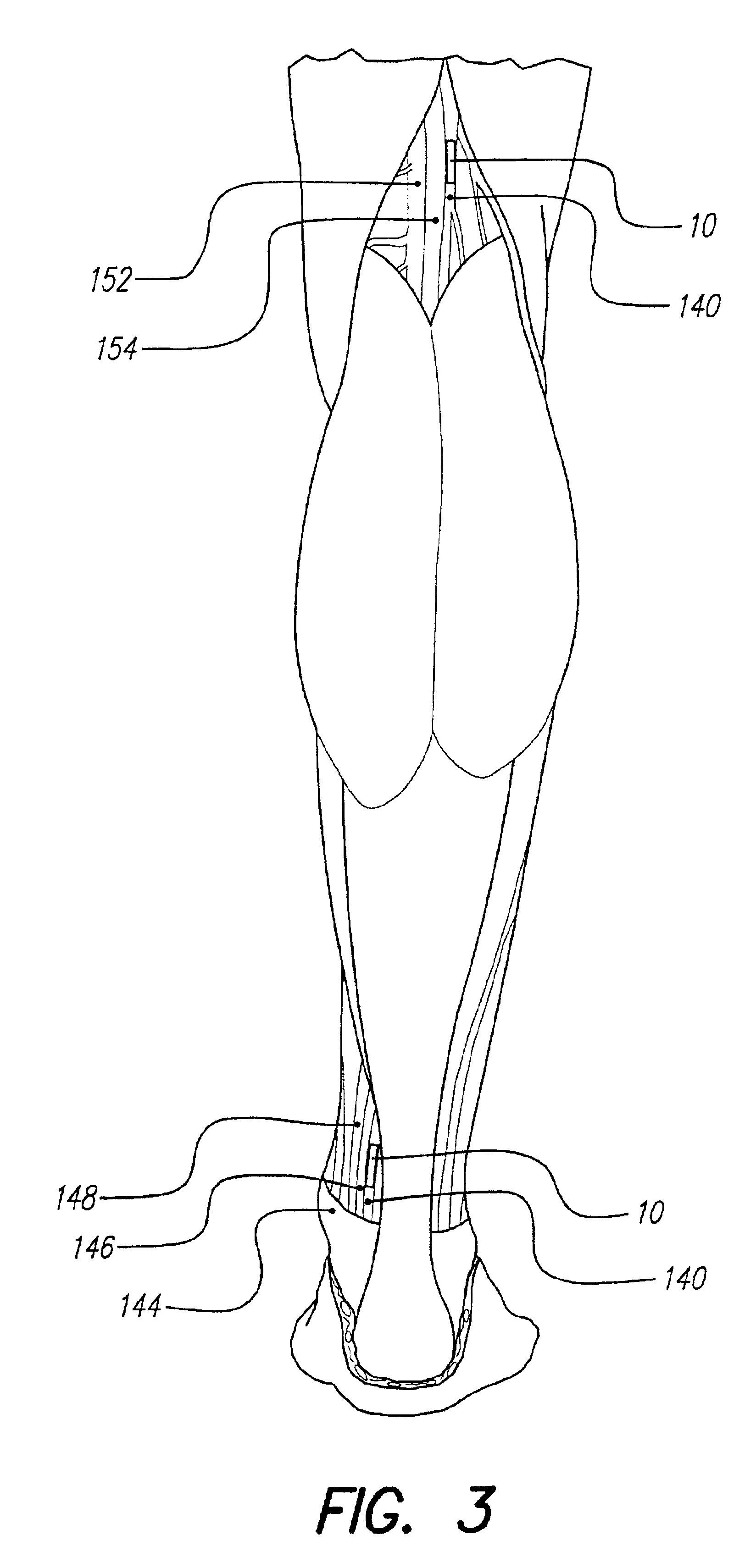(Such medically-induced labor tends to subject pelvic muscles and nerves to greater forces than does natural labor.)
In addition, women who perform high-
impact exercise, such as gymnasts, and softball, volleyball, and basketball players, are susceptible to urinary leakage, particularly those with a low
foot arch, which, on
impact, increases the shock to the pelvic area.
Patients with
stress incontinence experience minor leakage from activities that apply pressure to a full bladder, such as coughing, sneezing, laughing, running, lifting, or even standing.
When the bladder reaches capacity, the nerves appropriately
signal the brain that the bladder is full, but the urge to void cannot be voluntarily suppressed—even temporarily.
It cannot empty properly and so becomes distended.
Eventually this distention stretches the internal
sphincter until it opens partially and leakage occurs.
Stimulation of the pudendal nerve results in increased tone of the external
urethral sphincter, contributing to continence.
Urination may be initiated by spinal reflexes, but an absence of
sensation and
central nervous system control, and the failure of the sphincters to relax, leads to interrupted, involuntary, and / or incomplete voiding.
Detrusor
instability may also occur secondary to prolonged overdistention of the bladder.
The patient voluntarily initiates
urination, but the
urine stream is abruptly stopped because there is synchronization between bladder contraction and urethral relaxation, leading to incomplete voiding.
Urethral obstruction can result in a similar pattern of micturition.
Cerebral lesions may also result in the loss of voluntary control of micturition.
The most common cause of
urge incontinence is detrusor
instability, where patients have involuntary detrusor contractions that are non-neuropathic or of unknown origin.
These conditions can result in detrusor hyperactivity by interfering with the normal flow of nerve messages between the
urinary system and the CNS.
Urge incontinence results from bladder contractions that overwhelm the ability of the cerebral centers to inhibit them.
Bladder hyperreflexia and detrusor instability have proven more difficult to treat.
These methods are limited in their portability and are often poorly accepted by patients because they are inconvenient and often associated with unpleasant
skin sensations.
Further, the methods are inadequate for the treatment of
urge incontinence in which continual electrical stimulation is commonly needed to diminish or inhibit the heightened reflexes of bladder muscles.
The implantable devices are relatively large, expensive and challenging to
implant surgically.
Thus, their use has generally been confined to patients with severe symptoms and the capacity to finance the
surgery.
The resting pressure increased in four patients, but there was no consistent measured physiologic change that could account for the symptomatic improvement.
However, this method requires, first, the arduous task of, for example, “identifying the
anatomical location and functional characteristics of those nerve fibers controlling the separate functions of said bladder and external
sphincter.” This identification is accomplished via a sacral
route.
Such procedures may reasonably be expected to be more time-consuming than the identification and stimulation of a single neural structure.
The '639 patent does not teach a method in which identification of only one neural structure is necessary, e.g., identification of a single nerve such as the pudendal nerve, which directly controls the function of the external
sphincter and not the bladder.
Thus, it is not surprising that the
surgical procedures of the '639 patent are complicated by the identifying, separating, and sectioning of multiple nerves.
In addition, it is difficult or impossible to reach portions of some nerves via a sacral approach, such as the portion of the pudendal nerve that passes through Alcock's canal.
These devices may only be used acutely, and may cause significant discomfort.
 Login to View More
Login to View More  Login to View More
Login to View More 


